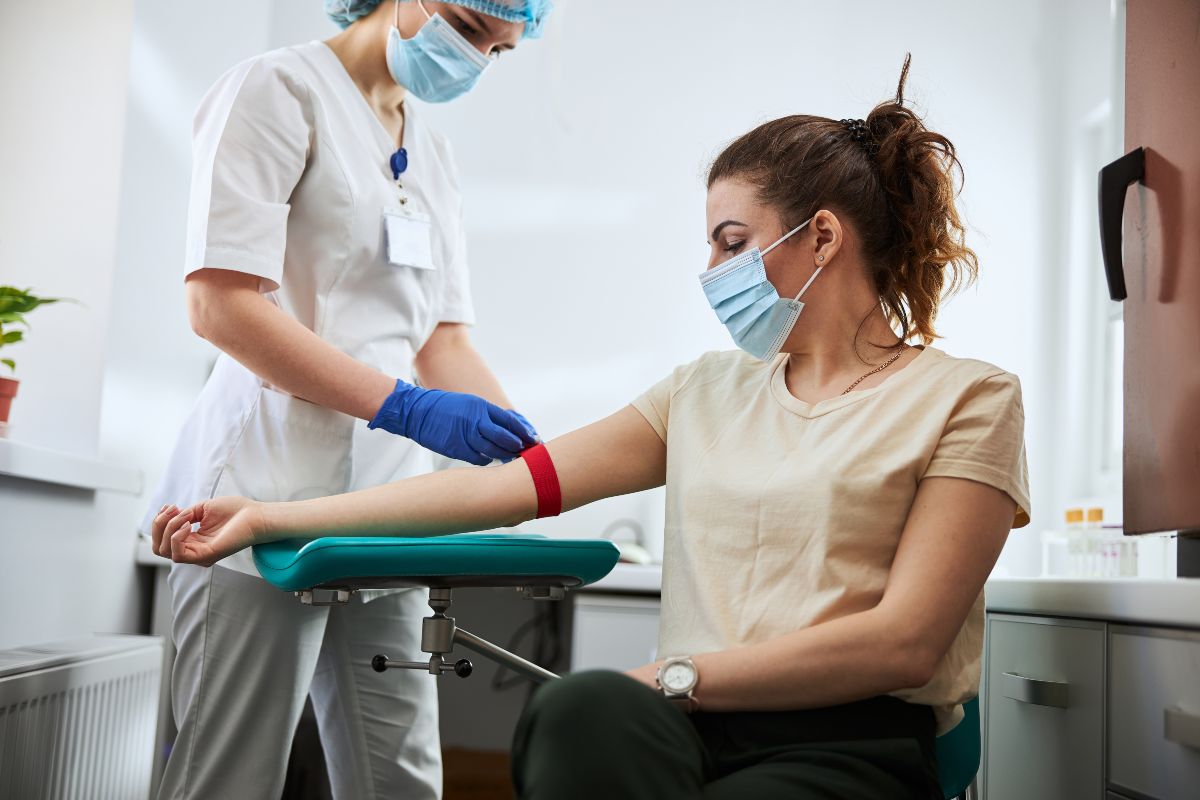Medicare’s Inpatient Quality Reporting (IQR) program is getting a major dose of health equity next year, as we’ve explained in our Higher Thinking series. (Click here to read the in-depth report.) But next year’s changes are just the beginning, and 2024 will see mandated reporting that goes much further.
As CMS notes, the new reporting standards would mark “the first patient-level measurement of social drivers of health” (p. 1218). Specifically, hospitals will be required to screen admitted patients for five “adverse social conditions that negatively impact a person’s health or healthcare”:
- food insecurity
- housing instability
- transportation needs
- utility difficulties
- interpersonal safety
CMS is calling these five factors Health-Related Social Needs, or HRSNs. The agency says that 92% of hospitals already screen for at least one HRSN, but only 24% screen for all five. To put that another way, 76% of acute care hospitals will need to overhaul their patient screening process, and 100% will need to track and report data differently, as we explain below.
Due to the complexity of required screening – and the possible impact on staffing – we believe healthcare leaders should start planning now.
Background on Health-Related Social Needs
While the new screening requirements might seem sudden, CMS has actually been testing an HRSN Screening Tool since 2017. Here’s what the agency said at the very beginning of that test:
"Growing evidence shows that if we deal with unmet HRSNs like homelessness, hunger, and exposure to violence, we can help undo their harm to health. Just like with clinical assessment tools, providers can use the results from the HRSN Screening Tool to inform patients’ treatment plans and make referrals to community services."
For the past five years, the HRSN Screening Tool has been used with more than 1.1 million unique patients in 21 states. During the pilot, 35% of screened patients reported at least one HRSN, making them eligible for referral to a community service provider.
CMS wants all acute care hospitals to adopt screening in 2024, even though many providers won’t have the infrastructure or personnel to handle referrals. “Collecting baseline data … is crucial in informing design of future measures,” the agency says.
Eventually, when robust referral networks are in place, CMS expects to see “a net reduction in costly healthcare utilization, such as ED visits and avoidable hospitalizations” as well as “more appropriate healthcare service consumption.”
In other words, this is an experiment in healthcare transformation writ large.
(Related: See our case study of a population health center operated by two competing healthcare systems and designed from the ground up to address HRSNs like food insecurity.)
The Specifics of Screening for HRSNs
Hospitals will be required to report two different screening measures.
First, CMS wants to know the hospital’s overall rate of screening. On this measure, the numerator is admitted adults (18+) who were screened for all five HRSNs. The denominator is the total number of adult admissions throughout the year, minus those who opt out of screening and those who are incapacitated.
Secondly, the agency wants to know the “screen positive” rate for each of the Health-Related Social Needs. So, if a hospital screens 1,000 patients on the question of housing instability and 180 patients answer in the affirmative, then the screen positive rate would be 180/1000. For this measure, hospitals will report five individual scores.
By measuring the prevalence of social needs in each healthcare market, CMS hopes to “estimate the impact of individual-level HRSNs on healthcare utilization, including hospitalizations, when evaluating quality of care” (p. 1248).
5 Key Considerations
If CMS does finalize the rule for HRSN screening beginning in 2024, it would mark a sea change in the Hospital IQR Program. Even if the reporting requirement gets modified or delayed, we are confident that Health-Related Social Needs will soon find their way into the fabric of Medicare – the evidence is simply too strong to ignore.
With that said, here are five things to consider:
- The HRSN screening rule is specific to the Hospital IQR program, so Critical Access Hospitals and Rural Emergency Hospitals would seem to be exempt in the beginning, at least. (Click here for our in-depth guide to the new REH model.)
- Physician groups could also be affected if CMS moves forward with the idea of adding HRSN screening to the Merit-based Incentive Payment System (MIPS).
- CMS says hospitals would be free to choose their own screening tool, but we expect a rapid move toward standardization if the data are to mean anything.
- If you want to get a sense of what screening might entail, the 10-question HRSN Screening Tool is probably the best place to start.
- CMS won’t estimate compliance costs until next year, but we do expect an increased staffing burden. During the five-year test of the HRSN Screening Tool, “Most sites used a combination of existing staff and newly hired screening staff including community health workers” (emphasis added).
And One Big Takeaway
It seems inevitable that screening for Health-Related Social Needs will add to hospital costs in the short term. In theory, the payoff comes when uninsured patients get the social services that they need, helping to bring down the cost of uncompensated care.
We believe the strategic move is for hospitals to act now on strengthening their community referral networks. As healthcare strategy consultants, we can show you how to use your Community Health Needs Assessment to build ties with social service providers, especially in the areas of hunger, homelessness, transportation, utilities, and domestic violence.
This is one case where being ahead of the curve makes sense for your mission and your margins.










